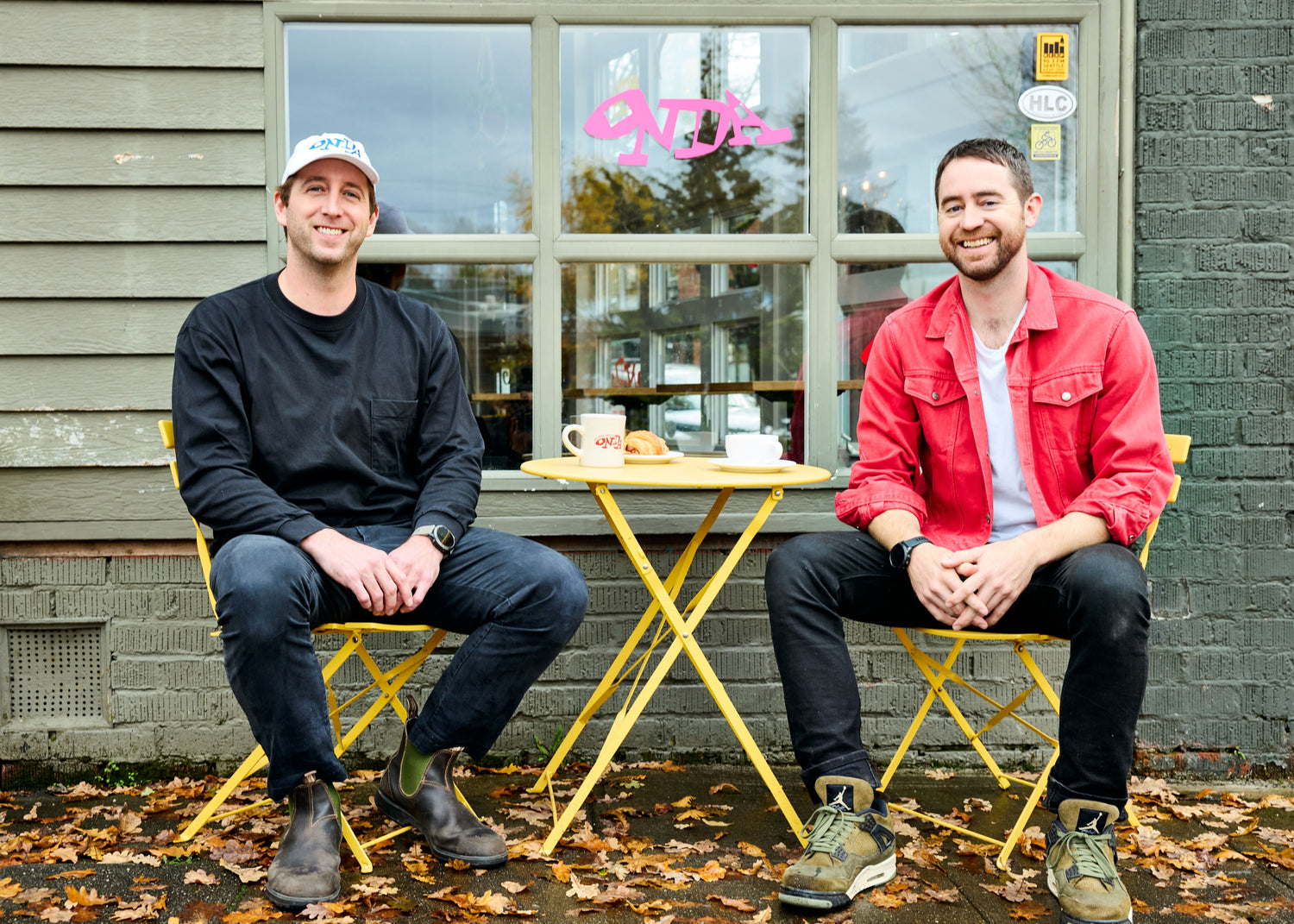Our Story

We're doing things differently.
We’re a Seattle-based, family-owned coffee roastery and cafe that's building a new way of doing business: We source directly from our growers, and we share revenue with them from every sale.
How it works:
Revenue Share. On top of initial, higher-than-standard purchase prices, we share an additional $1 per pound with growers once the coffee is roasted and shelved. With this model, our farm partners earn up to twice as much income -- and since we stagger payouts based on coffee sales, they can count on additional revenue beyond once-yearly green coffee purchases.
Our Mission. From seed to sale, we are actively working toward equity and quality in a fraught industry. We believe the goals of high quality specialty coffee and thriving communities are inseparable, and require investment at every level of labor -- from grower to cafe worker.
-
Why We Started Onda
Letter From The FoundersWhen we created Onda Origins, we wanted to build a new way of doing business: one that centers the people most often disempowered in this industry.
-



